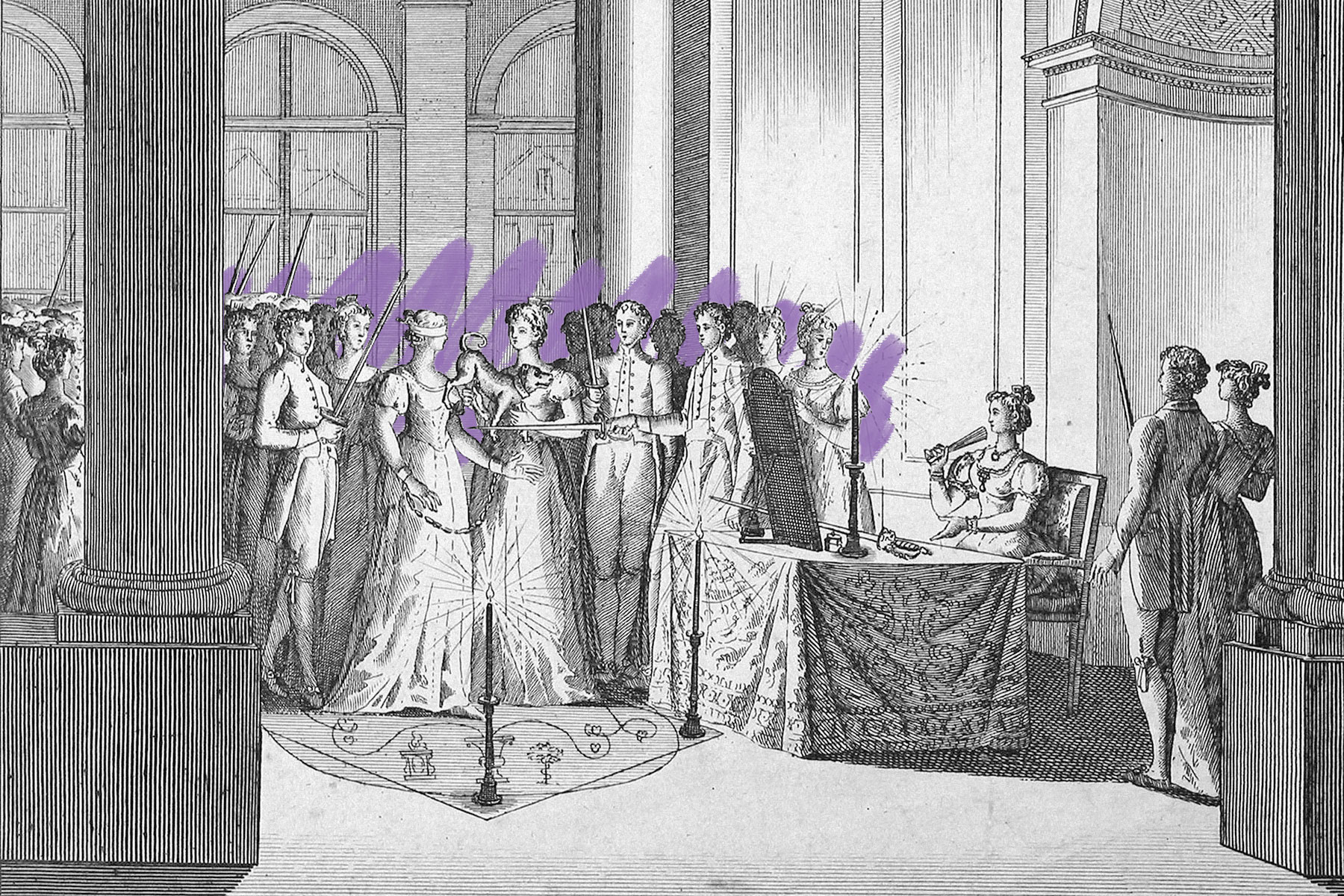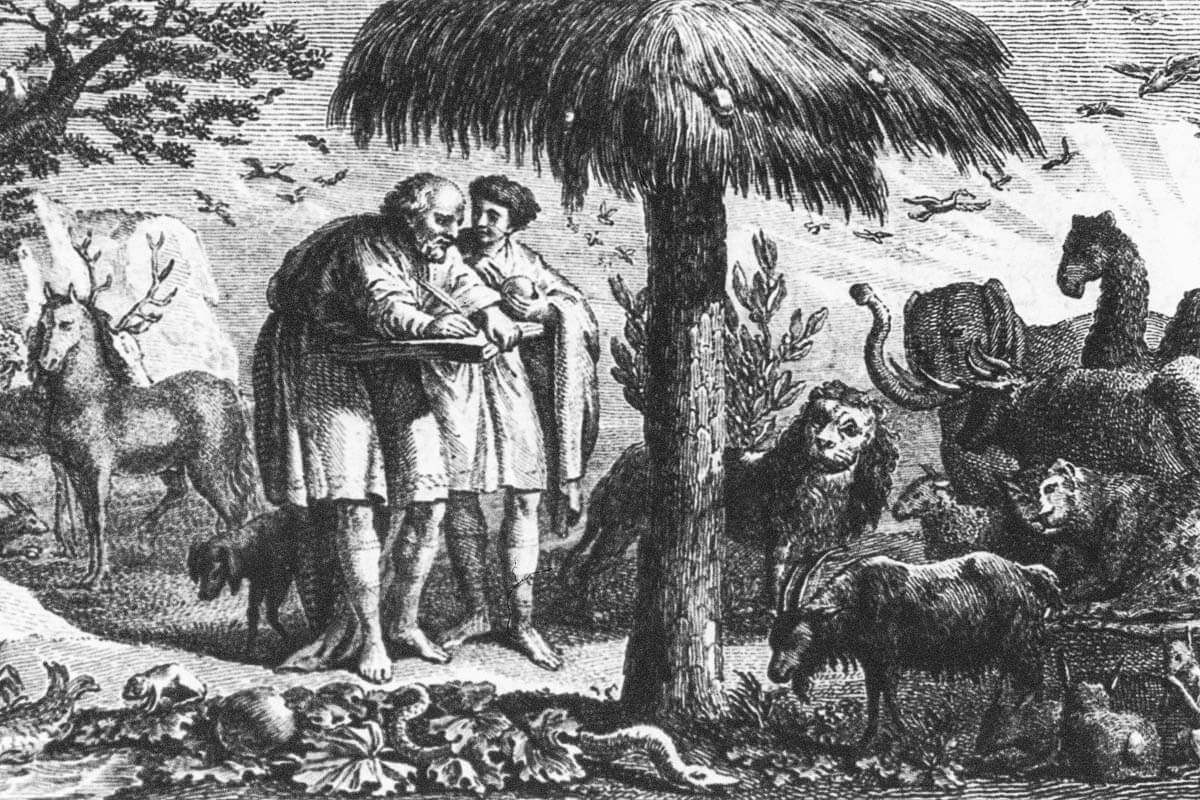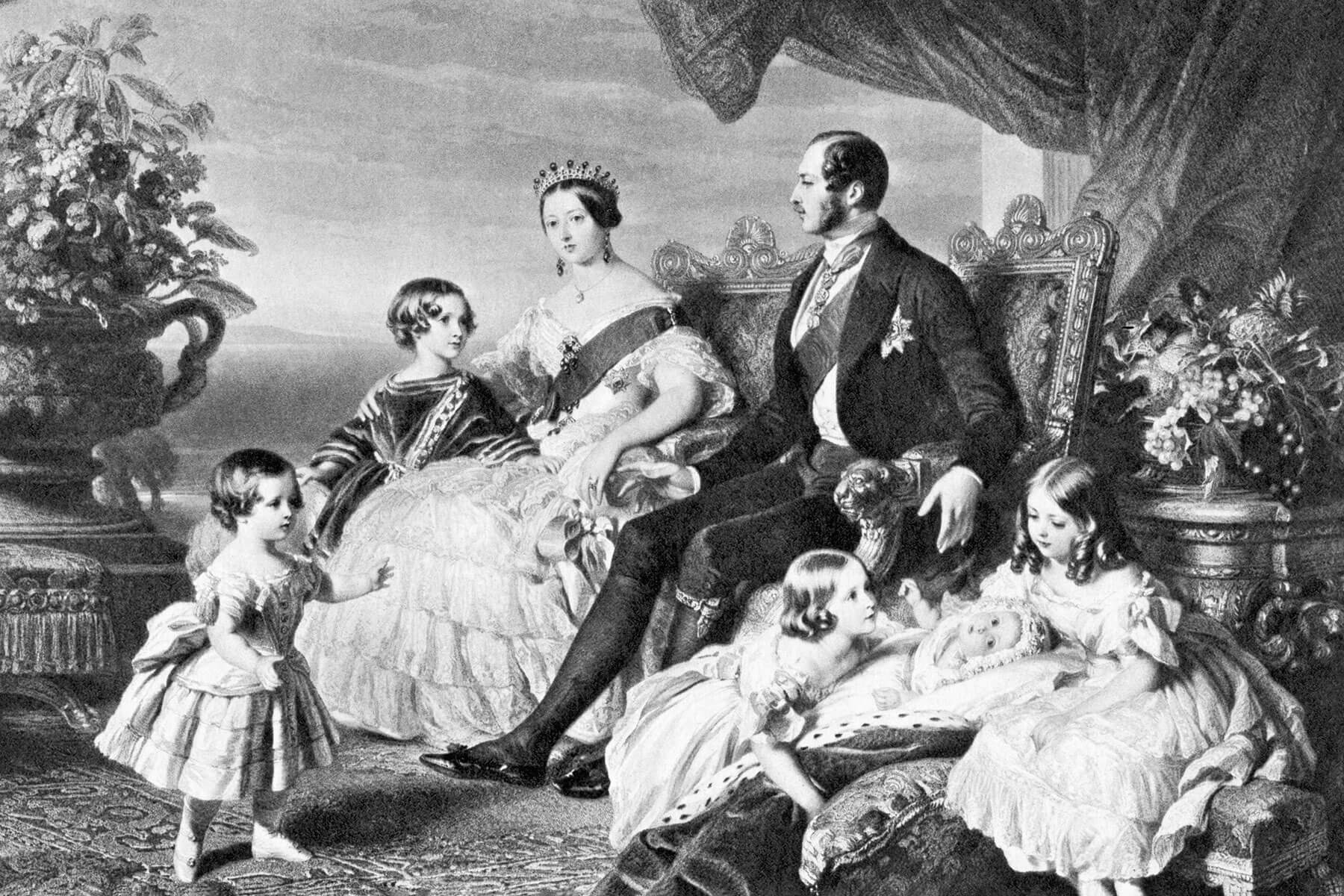 |
There was a secret Catholic society called the Order of the Pug. |
World History |
 |
| |
| Echoing its canine namesake, members of the order were known as "Mops," the German word for "pug," and each lodge had a male and female lodge master and mistress who alternated serving as Grand Pug every six months. Prospective members were expected to mimic dogs by scratching at the door to gain entry, and new initiates were adorned with brass collars, blindfolded, and led around the room on all fours while fellow members barked at them. Initiates were also expected to demonstrate their dedication to the order by kissing a pug statue's posterior. But the clandestine group's existence was short-lived, thanks to Catholic abbot Gabriel-Louis-Calabre Pérau, who exposed the Pugs and their rituals in his 1745 French work L'Ordre des francs-maçons trahi et le secret des Mopses révélé, or The order of the Freemasons betrayed and the secret of the pugs revealed. Despite its brief tenure, the Order of the Pug remains a curious footnote in the history of secret societies. | |
 | |
 | |||||||||
By the Numbers | |||||||||
| |||||||||
| |||||||||
 | |||||||||
| |||||||||
All dog breeds are descended from wild wolves. | |||||||||
| Of all living land mammals, dogs have the greatest variance in appearance, body size, and shape among different breeds. Despite their differences, a small 4-pound Chihuahua and a massive 230-pound mastiff are both members of Canis lupus familiaris and direct descendants of the wild wolf. Recent research suggests that dogs were first domesticated in Siberia around 23,000 years ago, but the journey from wolf to the hundreds of currently recognized dog breeds reflects both the dog's evolutionary adaptability as well as the significant influence of human intervention through selective breeding. The pug, which originated in China around 400 BCE as a lapdog for the wealthy, was first brought to Europe in the 16th century. There, it gained popularity as a companion among the nobility, and also played a role in helping minimize the size of other breeds. | |||||||||
 | |||
Recommended Reading | |||
 | |||
| | |||
 | |||
| | |||
| + Load more | |||
| |||
| |||||||||
| Copyright © 2024 History Facts. All rights reserved. | |||||||||
| 700 N Colorado Blvd, #513, Denver, CO 80206 | |||||||||
|






No comments:
Post a Comment